Drying fruit in a dehydrator is not a complicated task - in fact, the device was created precisely for this purpose - to make this process easier for us. Let's see what we need to do step by step.
Preparing fruit for drying
- Sort the fruit and remove the overripe, wrinkled, spoiled ones;
- Wash them thoroughly;
- Cut the fruit, try to cut slices of the same thickness - this ensures simultaneous drying. The finer you cut the food, the shorter the time for drying fruit and vegetables is;
- Apples, pears and other fruits prone to oxidation can be treated with lemon juice (other citrus fruits) or ascorbic acid to prevent them from darkening.
- Arrange the fruit on the trays of the device in a single layer, leaving enough space between the pieces. This is necessary for air circulation and even drying;
- To dry small products (berries, herbs), use a special gauze. This will prevent the products from falling through the slots in the tray;
- Place the trays in the dehydrator. Place trays with wetter and juicier fruits at the very bottom;
- Put the lid on the appliance or close it up.
Drying fruit in a dehydrator
- Turn on the dehydrator (some start working immediately after plugging them in);
- Select the drying temperature that is optimal for the products in question (see the recommendations in the instructions of the appliance). As a general rule, fruits are dried at 55-60°C;
- Set the end time for the drying process, if the appliance is equipped with a timer. Different fruits require different time. Have a look at the instructions of the appliance;
- Start the dehydrator by pressing the on/off button (if there is a switch);
- For even drying in a dehydrator with a vertical fan, swap the top and bottom trays from time to time. In dehydrators with horizontal airflow, rotate the trays;
- To dry food instead of cooking it, set a low temperature at the beginning of the drying process. Later, you should increase the temperature while the dehydrator is running.
Once the drying process in the dehydrator is over
- Turn off the dehydrator. Before turning it off, let the fan run at the lowest temperature for a few minutes to cool the heating element;
- Cool the dried fruits and vegetables to room temperature;
- Transfer them into a storage container.
How to check the readiness of fruits in the dehydrator
Towards the end of the drying process, check the readiness of the products from time to time. Remove a piece of fruit from the dehydrator, let it cool down and then touch it.
The sliced fruit or vegetable should feel quite dry to the touch. You can also cut the pieces and check for juice or moisture. If this happens, the fruit or vegetable is not dry enough and the drying process should continue.
Check out how you can dry tomatoes, how many calories are in dried fruit or try these effective dried fruit diet.
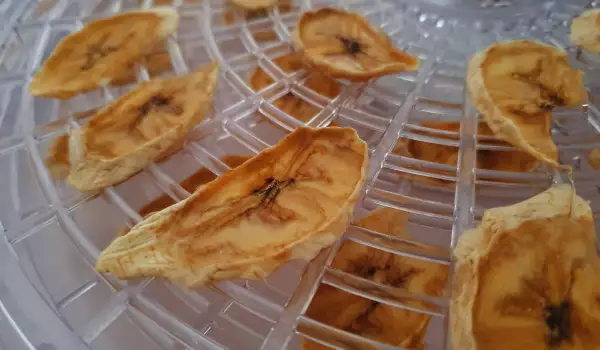
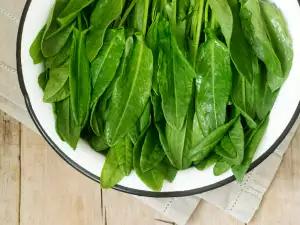


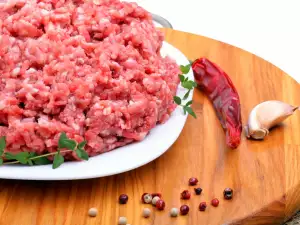



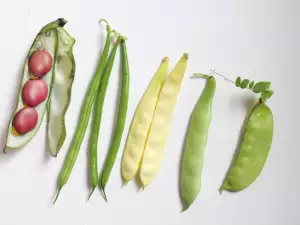
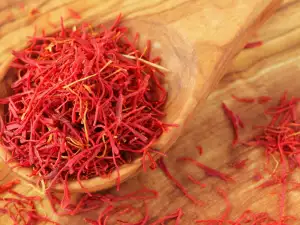

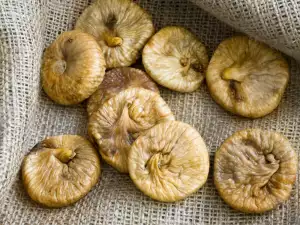
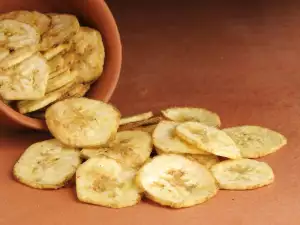


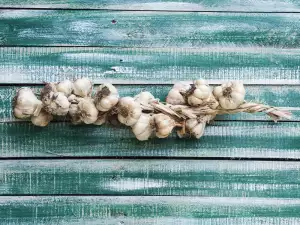



Comments